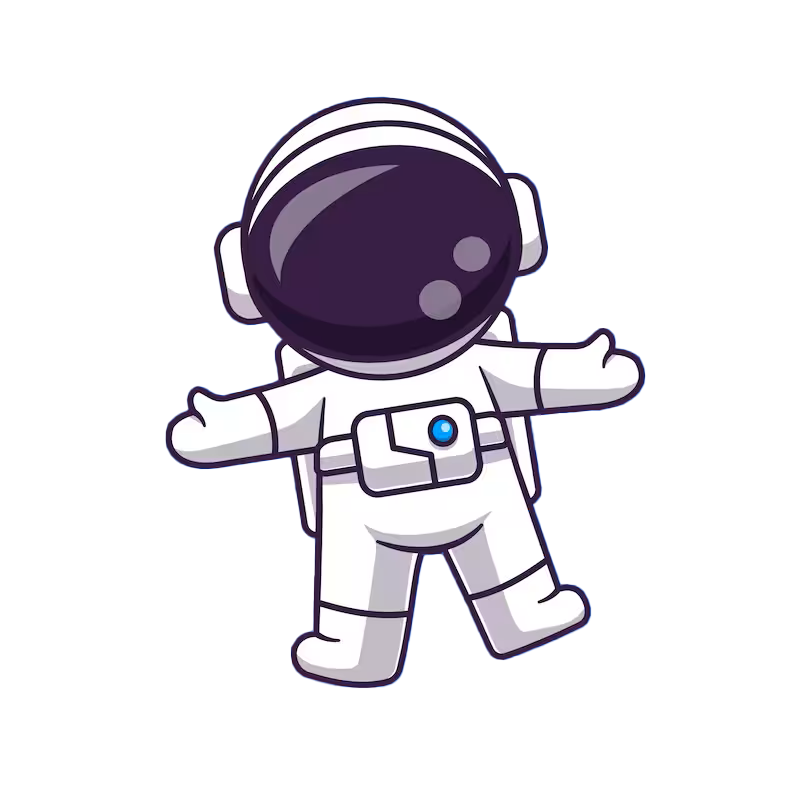
Person Datasheet
Snapshot of key personal information
I've always been an enthusiast of technology, from building my first computer to writing my early university reports. That curiosity has stayed with me, driving me to explore both hardware and software, and constantly look for ways to challenge myself and grow.
My passion for software engineering began when I started coding small games in C++ at the age of 15. Since then, I've expanded my skills across a wide range of programming languages and frameworks, diving into areas such as artificial intelligence, machine learning, cybersecurity, and web development. Today, I consider myself a generalist programmer who loves to code, primarily working with C++, Python and PHP but also comfortable with other languages like C#, Kotlin, TypeScript and so on.
Currently, I'm pursuing a PhD in military engineering, where I continue to deepen my technical expertise while applying problem-solving and research skills to complex challenges. Beyond academia, I enjoy trying new experiences, meeting new people, and building projects that put my ideas into practice.
When I'm not working, you'll usually find me coding 🧑🏻💻, tinkering with my NAS 🛠️, playing trumpet 🎸, or hitting the slopes on skis 🏂.


Snapshot of key personal information